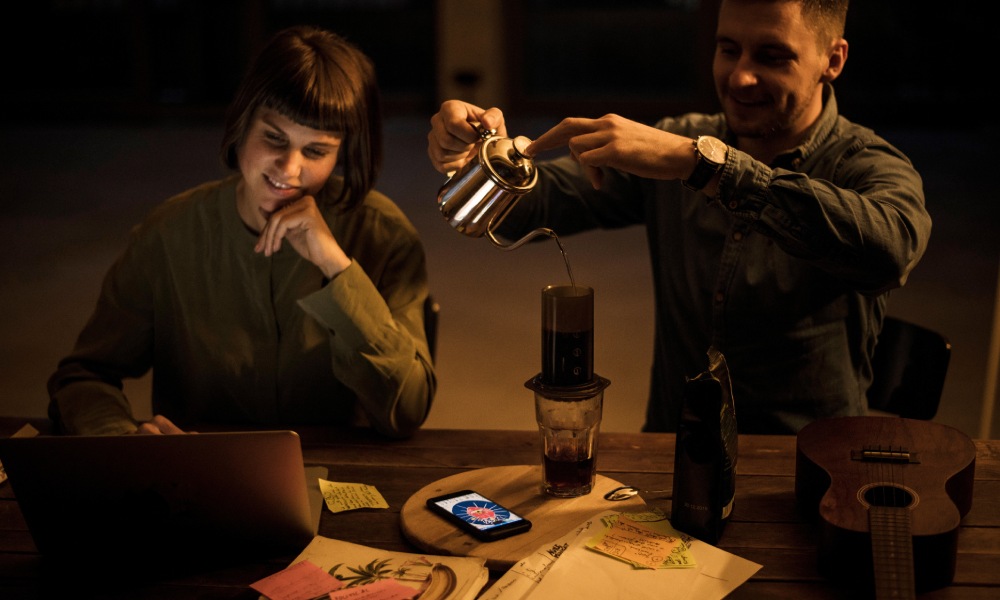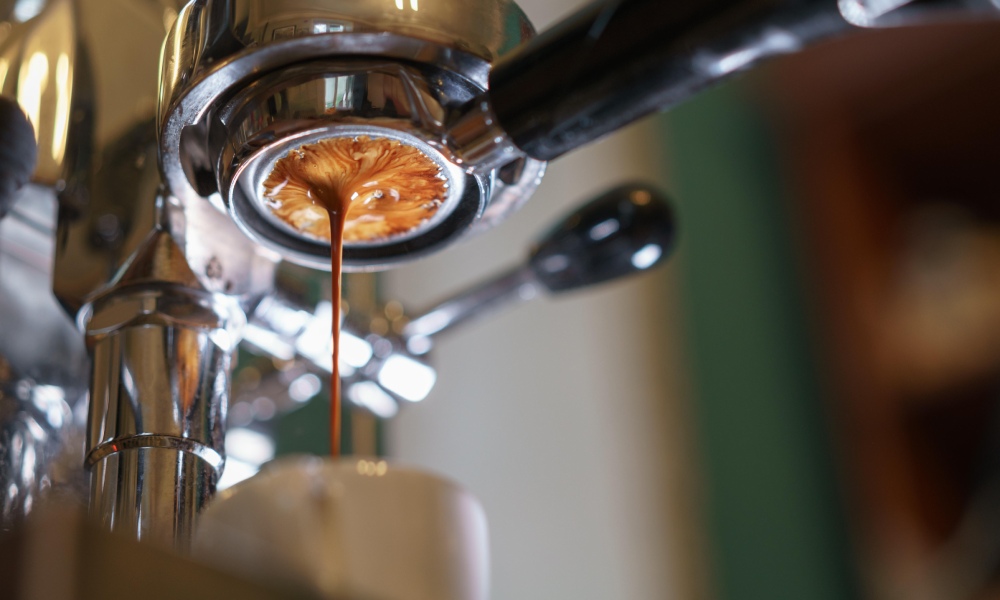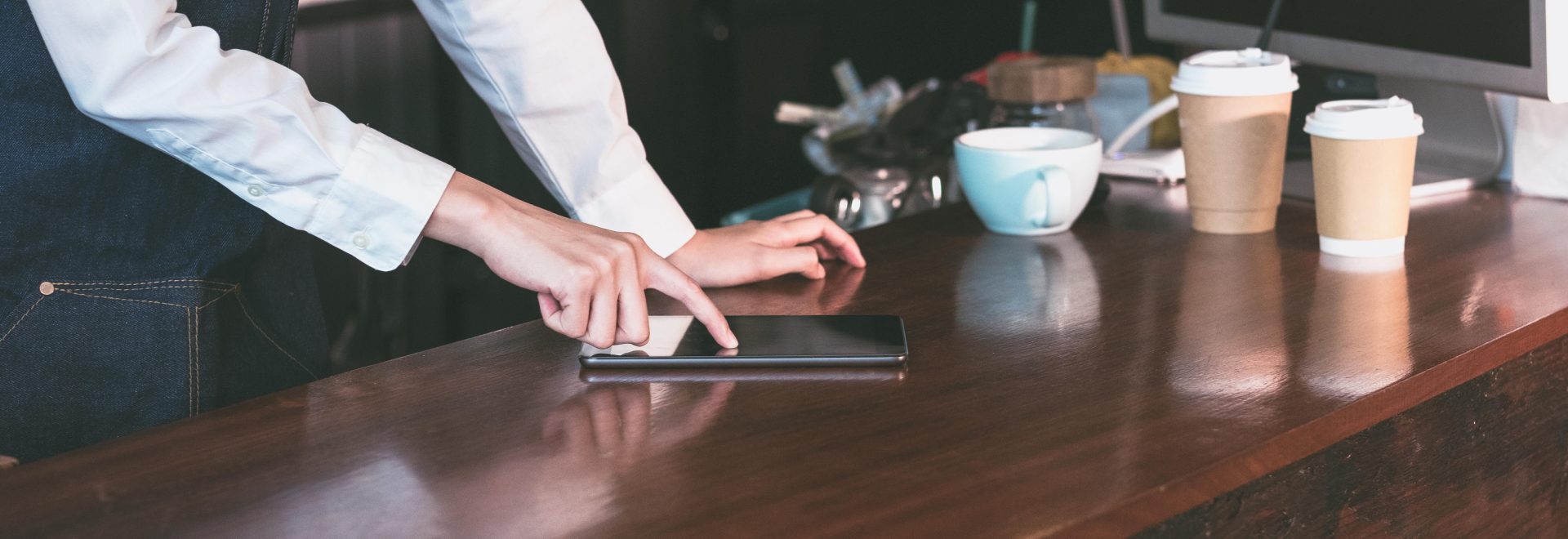Why more coffee shops are using espresso apps
Jordan Montgomery speaks with Fanie Botes about how espresso apps help baristas and prosumers better understand the brew process
Smartphone technology has completely transformed how people interact with each other and the world around them – and it may be changing the way we approach brewing espresso.
In the coffee sector, smartphones have streamlined customer ordering experiences. Between 2018 and 2020, around 27% of US consumers and over 85% of Chinese consumers ordered coffee using smartphones, either directly through company platforms or third-party apps.
Today, smartphones are not only enhancing ordering experiences, but are changing the way baristas and prosumers understand espresso.
In the past, what occurred during extraction was largely unknown. Over time, new technology provided this insight – opening up a new way to explore espresso and make a better cup of coffee.

Deeper insights into the brew process
Espresso apps have largely benefited home baristas. During the Covid-19 pandemic, over 85% of US consumers shifted to drinking coffee at home. This led to a surge in coffee machine and grinder sales, with manufacturers witnessing a 70% rise.
More specifically, the pandemic led to a surge in coffee prosumers. An inherent characteristic of a prosumer is that they are more engaged with the product.
As such, their rise in the coffee sector has deeply involved espresso apps and data processing technology to gain deeper insights into their brew process. By being able to connect directly to machines or scales, prosumers have much greater precision and repeatability.
“These technologies allow us to make more accurate measurements and see real-time brewing data,” says Fanie Botes, production roaster at Bluebird Coffee Roastery.
“Being able to calculate espresso flow rates quickly and accurately, measure TDS and extraction percentages on the fly, and compare the data we record to what we perceive on the cup, all contribute to a deeper and more accessible understanding of espresso extraction and the nuances thereof.”
Additionally, smart coffee machines make connecting to a smartphone more seamless. Many can now track the key variables throughout the brewing process, such as temperature, flow rate, and pressure.
For example, the Elektra Verve is the combination of Italian design and a professional experience, with the ability to connect to your smartphone to track all key brew variables. For many, these variables are still relatively new concepts. But with the time to thoroughly engage with the data, home baristas can improve their understanding and make educated decisions to refine their brew process.
Beyond this, espresso apps can help home baristas connect with other enthusiasts across the globe, comparing methods and results.
“Looking beyond tracking their own data, through the internet, prosumers have the ability to compare their data to others around the globe,” Fanie says.
“Although growing, the home coffee brewing community is still relatively small – but being able to connect and engage with other prosumers despite the distance between them, gives prosumers access to more information and a more engaging brewing and tasting experience.”
While prosumers enjoy the advantages of smarter technology for espresso brewing, it’s important to note that the majority of coffee consumed globally remains out-of-home.

Can espresso apps be used in cafés?
For coffee shops, smartphones can allow baristas to record and interpret data in a simple way.
“Smartphones allow us to record and easily sift through the myriad of measurements we make every day, which in turn allows us to identify trends, maintain high standards and improve the product we deliver,” says Fanie. “In a café, this can be anything from recording brew recipes and results to stock control and accounting.”
Ultimately, espresso apps give baristas more tools to improve their skills and the quality of the coffee they produce. “More accurate and immediate measurements will allow us to brew coffee within our selected brewing parameters with fewer deviations,” says Fanie.
While integrating espresso apps might be challenging for busy coffee shops, many consider the investment worthwhile. In general, digitalising processes provides access to valuable data which makes streamlining operations and making improvements easier.
Additionally, espresso apps don’t have to be used with each coffee; they can be used as a tool for dialling in, for example.
The benefits of espresso apps are clear. Fanie suggests that as they become more popular, they could become almost impossible to avoid. But while these technologies may become ubiquitous, it’s up to the individual business to decide how to implement them – as they have the potential to bring greater benefits to the sector beyond just improving coffee quality.
“Taking these tasks off of the barista’s plate allows them to deliver better service and offer more engaging experiences to consumers,” says Fanie
“All of these tools may dilute the need for highly skilled professionals in terms of managing brewing variables – but they allow us to concentrate on better customer service, and to amplify the platform we have to share our knowledge and passion with our consumers.”








